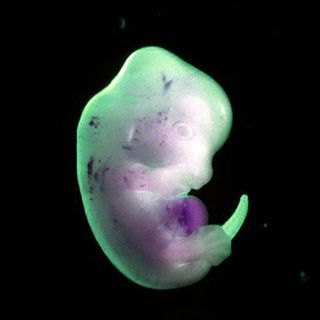Two recent reports have found microplastics in precipitation across three different parts of the world, adding to evidence that non-biodegradable plastic pollution has infiltrated nearly all parts of the Earth’s ecosystem.
Microplastics refer to plastic particles 5 mm or smaller, even microscopic. Previous reports have found microplastics present in drinking water and food, and of course, the highest concentrations are found in the Great Pacific Garbage Patch. The new findings come amid calls by the World Health Organization (WHO) for more research into the human health effects of microplastic pollution.
Earlier this month, a study published in Science Advances has found the smallest, most microscopic particles of plastic in snow in Europe’s Alps and in the Arctic. Even more recently, an investigation by the U.S. Geological Survey (USGS) found microplastics in 90% of rainwater samples taken in the U.S. state of Colorado.
“The plastic materials are mostly fibers that are only visible with magnification (~40X),” researchers wrote in the USGS study, as reported by Big Think. “Fibers were present in a variety of colors; the most frequently observed color was blue followed by red > silver > purple > green > yellow > other colors. Plastic particles such as beads and shards were also observed with magnification.”
Related on The Swaddle:
Manufacturing New Clothes Will Always Harm the Environment
Neither study was able to draw conclusions as to how, precisely, microplastics entered the rainwater or snow, but researchers involved in the Alpine and Arctic snow study suggest these tiny, microscopic particles, shed by plastic packaging and synthetic materials, can easily become airborne and thus, part of the atmosphere. Additionally, an unrelated 2016 study reported by Vox suggests our laundry is contributing to the problem; synthetic materials, which account for roughly 60% of clothing material worldwide, shed tiny fibers, especially during washing, that then enter the water supply — and thus, the water and precipitation cycle.
“The high [microplastics] concentrations detected in snow samples from continental Europe to the Arctic indicate significant air pollution and stress the urgent need for research on human and animal health effects focusing on airborne [microplastics],” the Alpine and Arctic snow study concludes, as reported by CNN.
Currently, according to a new metanalysis of peer-reviewed research into microplastics in drinking water conducted by the WHO, there is no evidence that ingestion of microplastics in the current, common amounts is harmful to humans. But the international health body acknowledges research into this topic is nascent and therefore this can’t be the final word. Given that plastic production is expected to double from its current record high by 2025, according to The Guardian, additional research can’t come soon enough.




